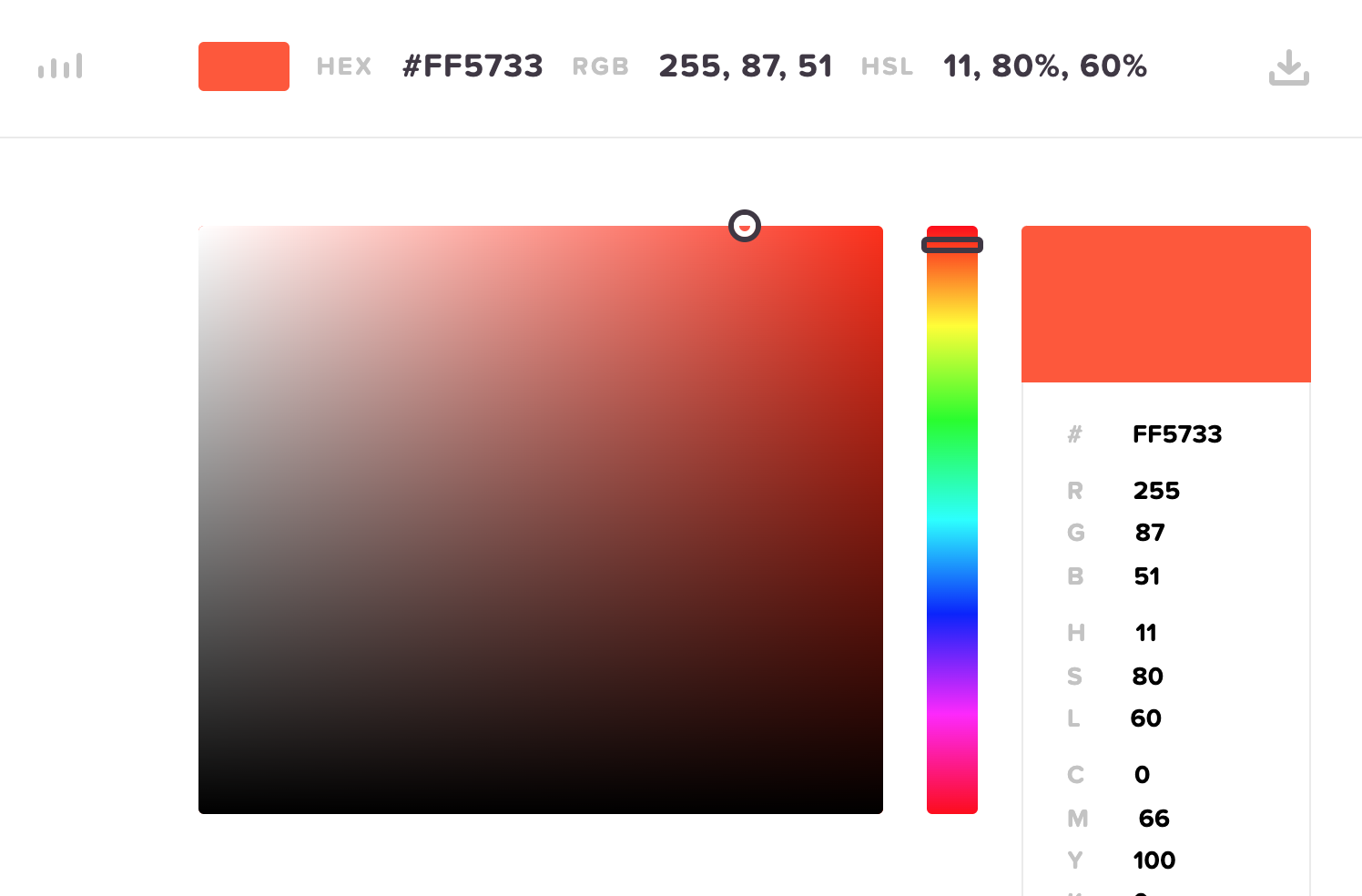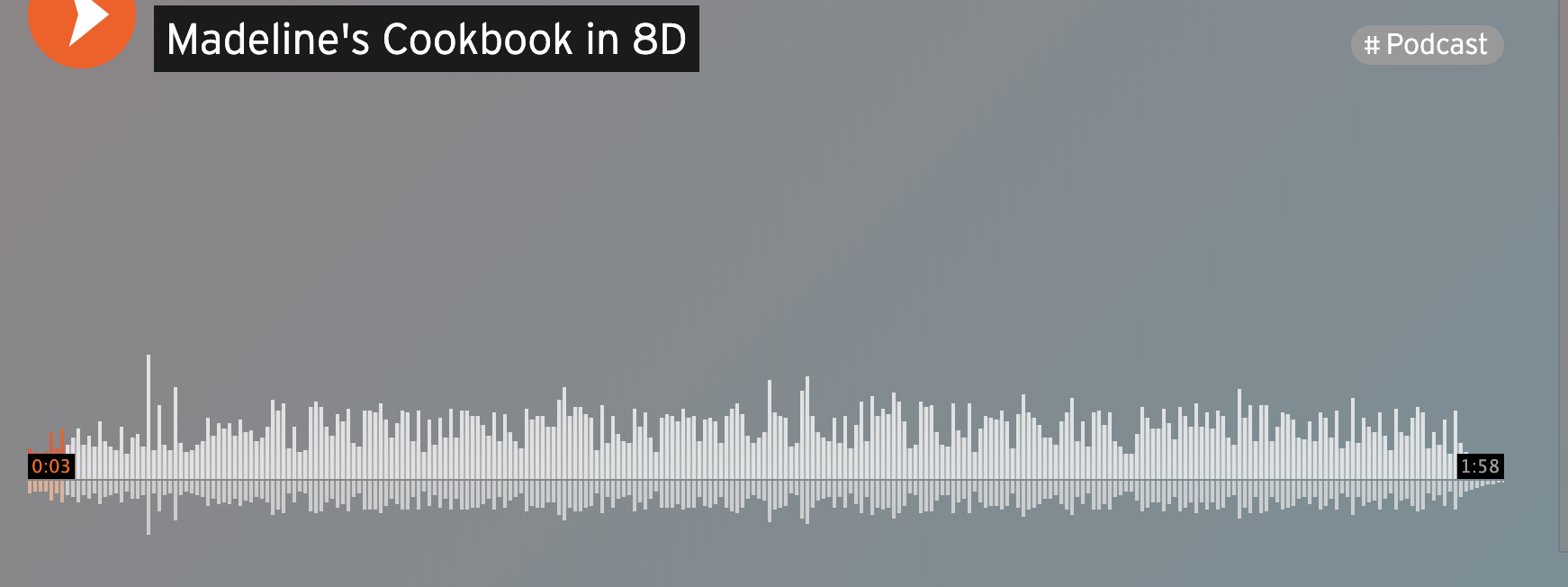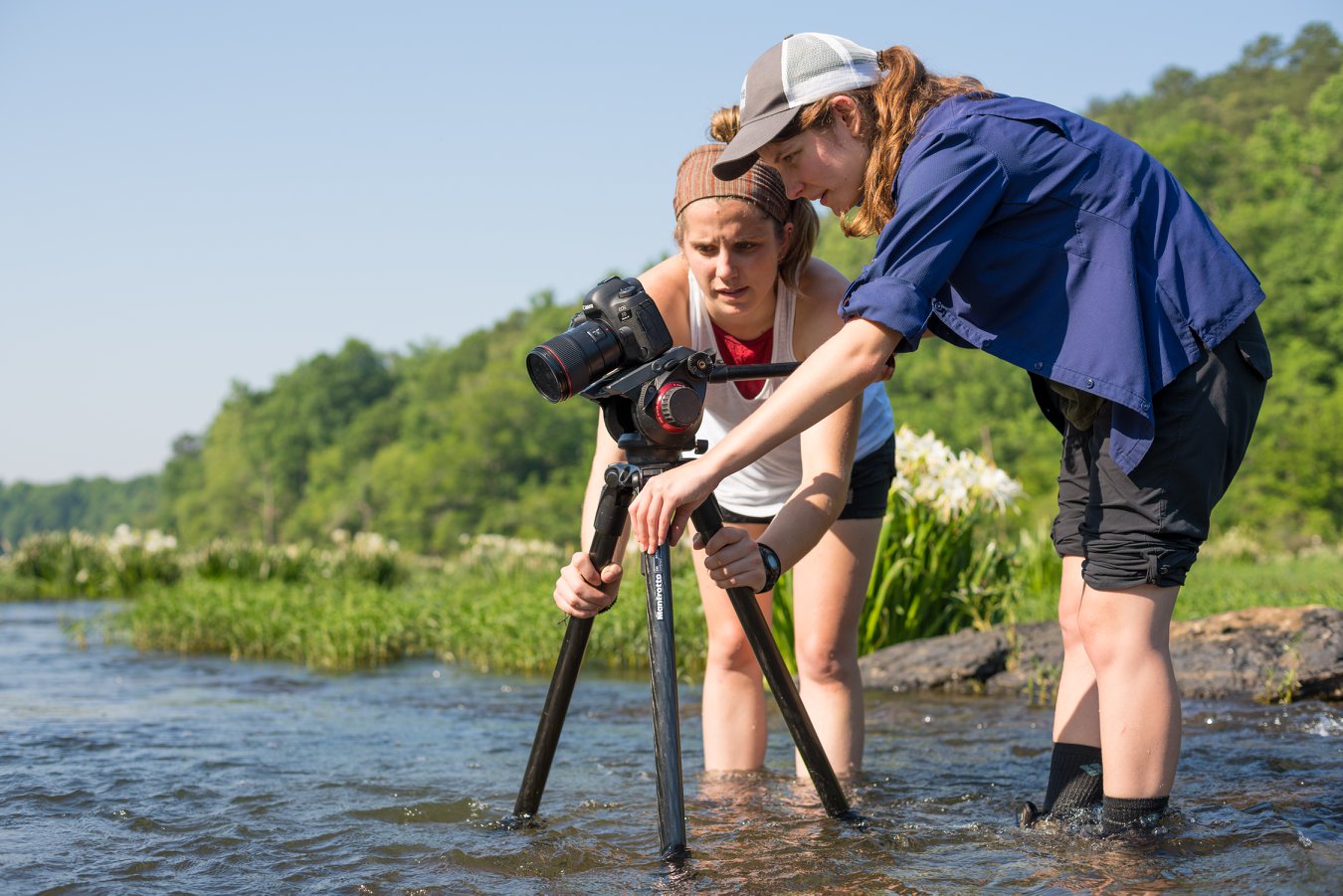
How-to
Voice delivered news: Innovation skill
Integrating content with voice assistants is easier than ever
Tools for public service journalism: Tips and tricks for Glitch, MapBox and more
We experimented with a few of the tools that journalists can use in public service journalism to help visualize and represent data
Binaural audio: Let’s cook
Immerse yourself in this cooking story told in 3D audio
Video as revenue: Start with listening
This summer for Innovation in Focus, we are speaking with news organizations that are exploring new, emerging or unique revenue models. Alabama Media Group launched Red Clay Media in 2017 as a video driven revenue stream. It began with videos created in the newsroom that inspired engagement from their readers. Today it is a thriving … Continued
Gotta catch ’em all: Archiving digital content such as social media should include linked objects
In the digital media world, there’s no guarantee that material that appears one minute will be there the next. Take, for example, Twitter posts of Anthony Scaramucci, who began deleting old tweets after being named White House communications director. Many — but not all — of the former presidential aide’s postings had already been identified … Continued
Learning to JAM in 5 steps: New initiative reminds journalism students to archive their digital work
In the early days of computing, we used a phrase, “save early, save often.” Today’s digital content creators have more opportunities and more ways to save, but often forget this critical step.
To keep content from being lost forever, our students and faculty need to learn best practices.
I’m proud that our librarians, Ed McCain and Dorothy Carner, are launching an easy set of steps for digital storage. JAM — Journalism Archives Management — will set students and faculty on a path to preserving content long after it has been created.
— Linda Kraxberger, Associate Dean for Undergraduate Studies, Missouri School of Journalism
How do we engage news consumers in the digital world?
If you operate a nonprofit newsroom, email appeals have likely become an essential fundraising tool. Yet while recommendations for how to grow your mailing lists are readily available, it’s much harder to find good information about retaining subscribers and engaging them as active community members. As a result, many successful efforts to gain subscribers are … Continued
How to make online news ‘brain friendly’
Online news can work with or against the brain. When RJI Fellows Alex Remington of The Washington Post and media researcher Paul Bolls applied brain science principles to news design, readers’ comprehension, recall and engagement increased. We interviewed the researchers (audio below) to learn how to make articles “brain friendly.” It’s all about the “reading path,” says Remington. “Classify the … Continued
FL141: Faster fact-checking and nonprofit partnerships
This week we find out how automation might speed up political fact-checking, and we learn what goes into successful partnerships that involve nonprofit news organizations. PART 1: Faster fact-checking It takes time to investigate whether claims made by politicians are true, but technology might help speed up that process. We get some ideas from PolitiFact … Continued
Volunteers and community newspaper boost local teens’ chances of winning college scholarships
They arrived early on a Saturday morning — not the usual hour for teenagers — and found the only open door along the quiet, cavernous hallway of an empty Hickman High School in Columbia, Missouri. Stomping snow from boots and rubbing chilled hands together, they found us in the media center and sat down, one … Continued









